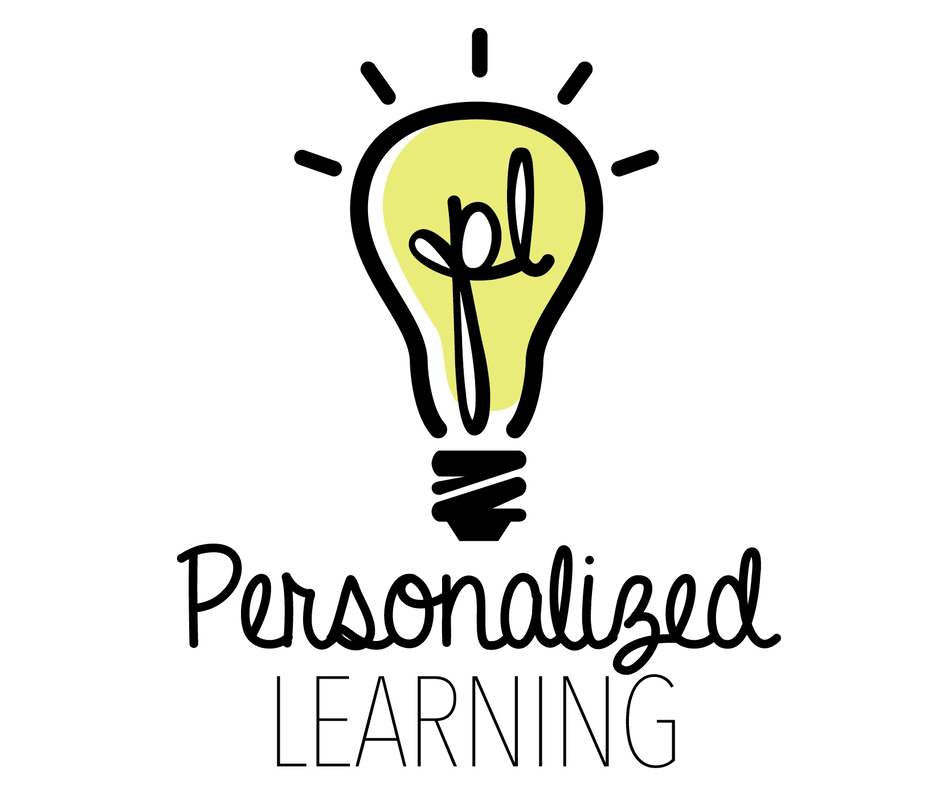Assessment and Data
Phase 2
"Look-Fors" During Observation
Remember: The most helpful part of the observation is not checking off items, but the conversations and reflections that happen after the visit.
Remember: The most helpful part of the observation is not checking off items, but the conversations and reflections that happen after the visit.
|
Beginning/ Developing
|
Practicing/ Achieving
|
Questions to Guide Observation
- What types of feedback do you observe in the classroom?
- What systems or routines are in place for giving, receiving, acting upon, and tracking feedback?
- How do you see students responding to feedback? do they know what to do next? Do they seek out feedback when they need it? Can they integrate feedback into the actions they take towards meeting their learning objectives?
- How aligned is the feedback being offered to the learning objectives of a group/individual?
- How do you see feedback driving student achievement?
- Is there a classroom culture of learning from failure?
- Does the teacher also seek out feedback from students, from colleagues, from instructional leadership, from community?
Resources
- 5 Research Based Tips for Providing Students with Meaningful Feedback: This brief blog shares 5 tips for best practices sharing feedback with students.
- The Effects of Praise on Mindsets: This video explains the growth mindset and shows some examples of how praise impacts student response in practice.
- Instead of This... Say This… : This presentation shares specific examples of ways to share feedback.
- Classroom Talk: Learning, Thinking, and Classroom Communities: This article provides many ways to engage students in conversation which encourage and respect their thinking and contributions.
- Asking Students About Teaching: this report is meant for practitioners and policymakers who want to understand student surveys as potential tools for teacher evaluation and feedback, as well as the challenges and considerations posed by their implementation.
- The Power of Feedback: Instructional video that explains the concepts outlined in "The Power of Feedback" by John Hattie and Helen Timperley
- 20 Ways to Provide Effective Feedback For Learning: This article shares 20 tips for providing feedback.
- Critique and Feedback: This video shares examples of and tips for language of kind, specific, and helpful feedback supports student growth.
- Austin’s Butterfly: This video shows an example of how to use critique as a form of feedback in the classroom.
- Goodbye to "Good Job!"—The Power of Specific Feedback: This article gives examples of how to give specific feedback rather than general praise.
- Diana Laufenberg: How to learn? From mistakes: This Ted talk explains how failure allows for students to learn.
| Student Feedback, Coaching Tool | |
| File Size: | 733 kb |
| File Type: | docx |
| Student Feedback, Coaching Tool | |
| File Size: | 221 kb |
| File Type: | |


